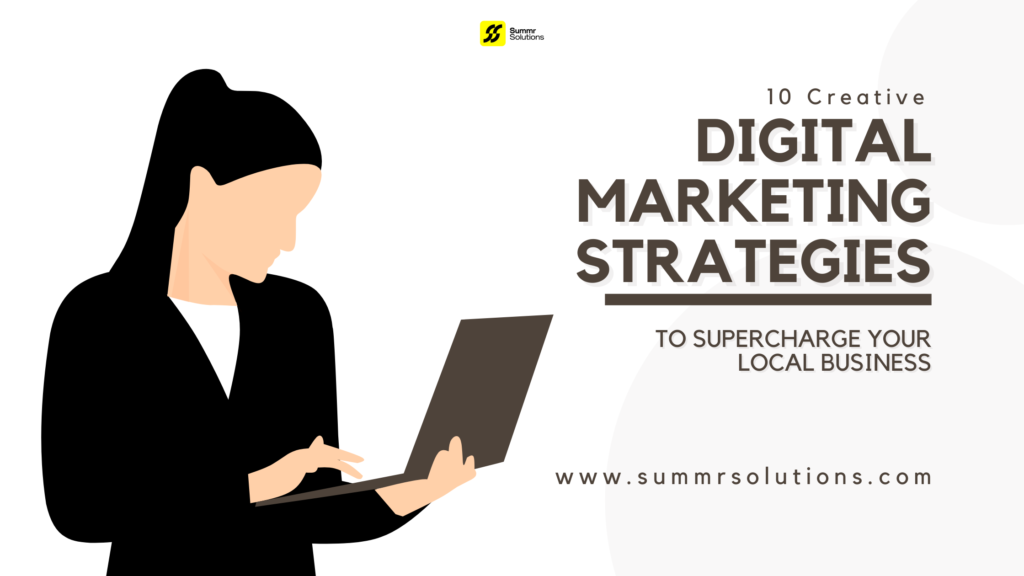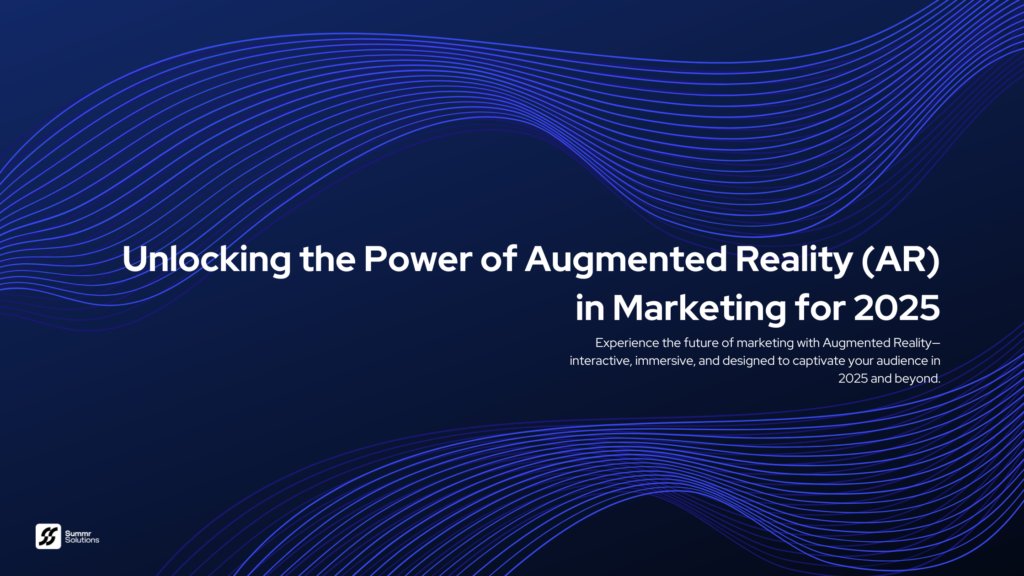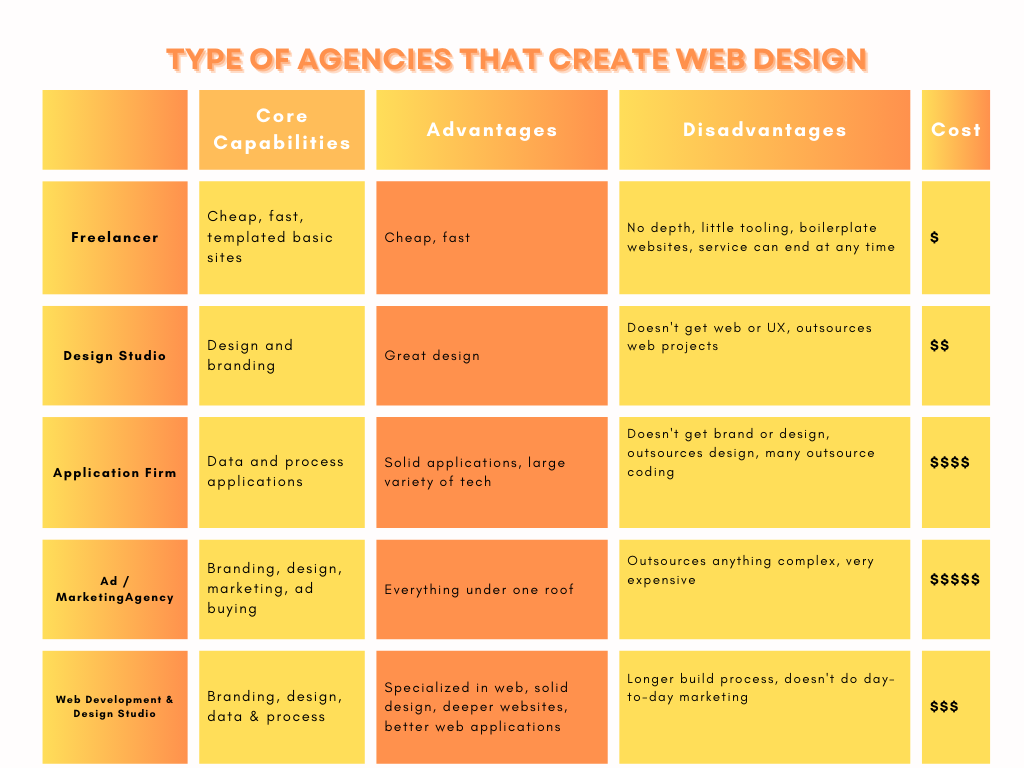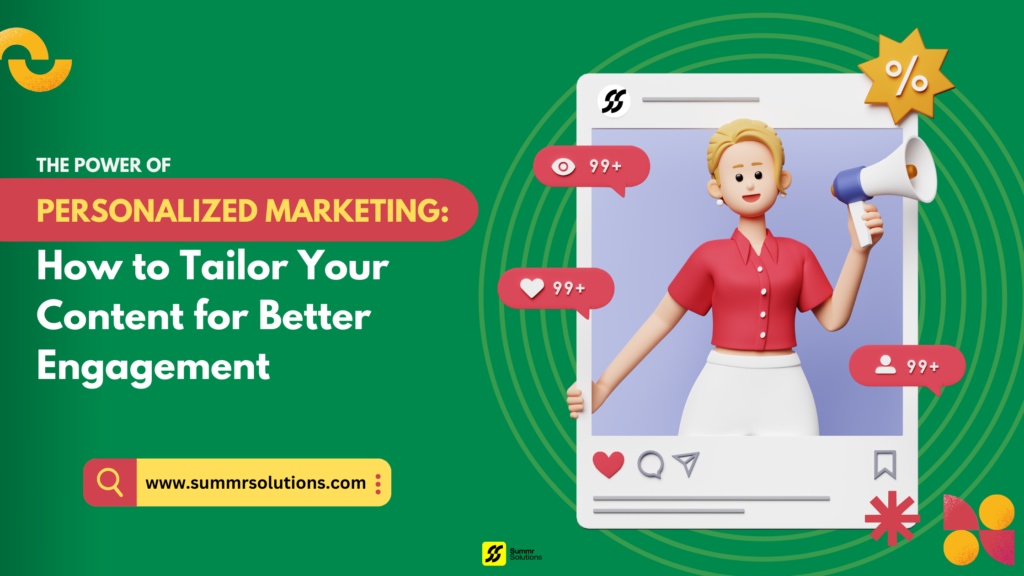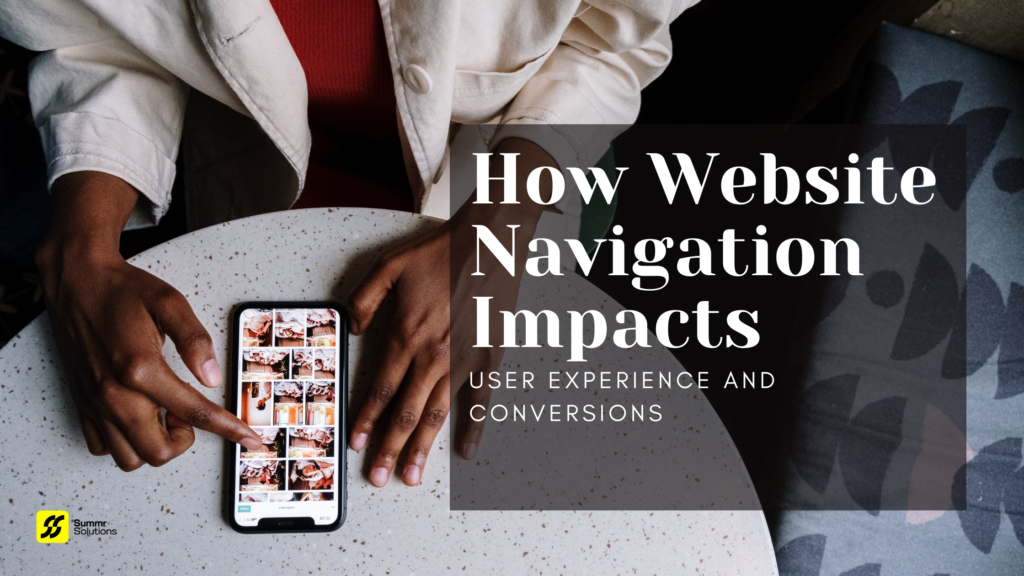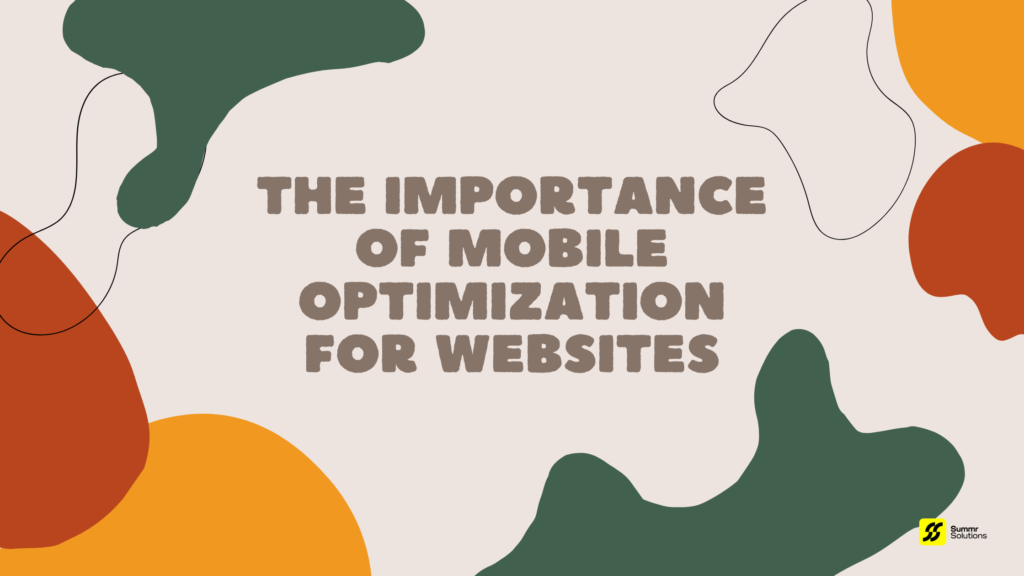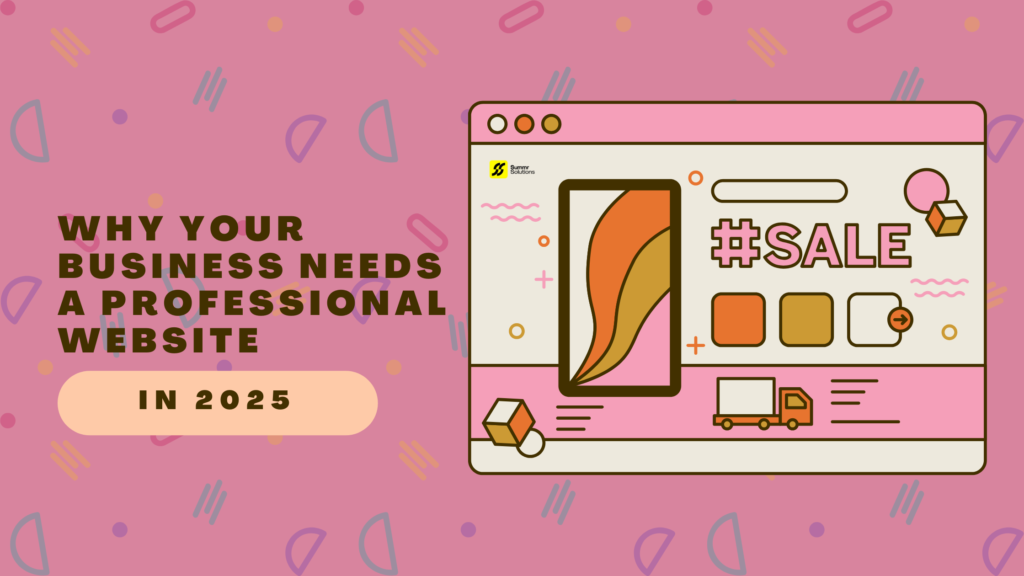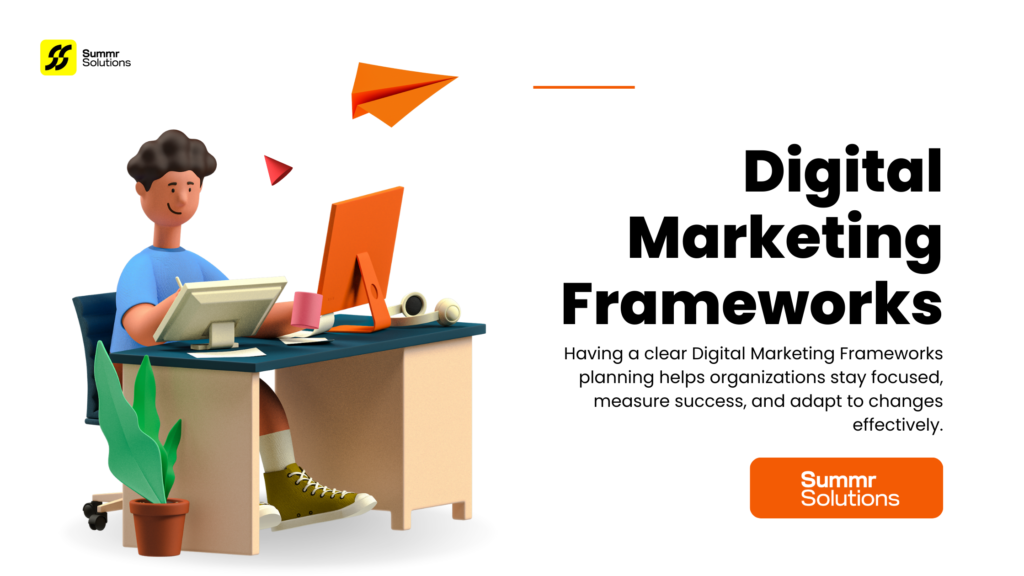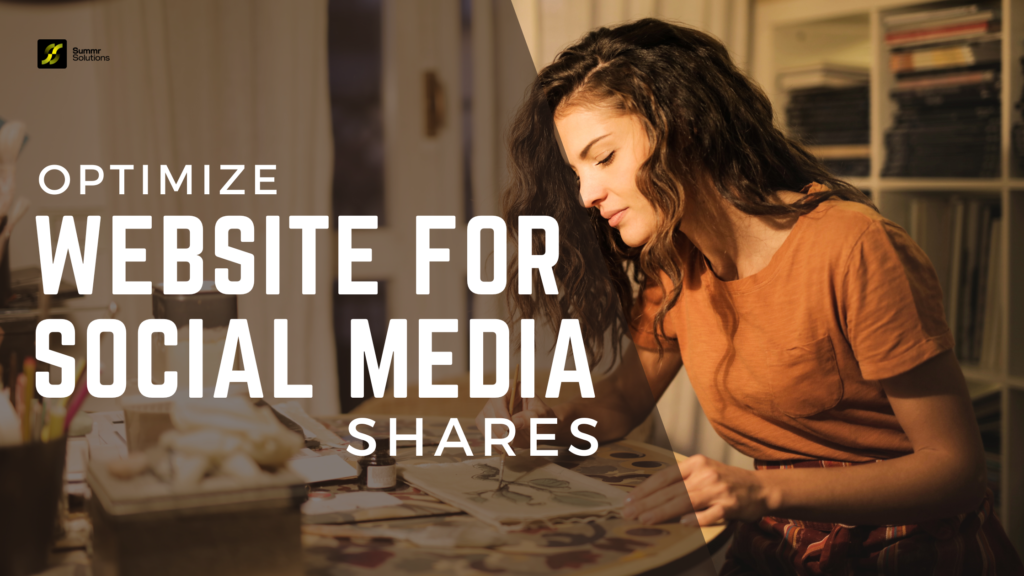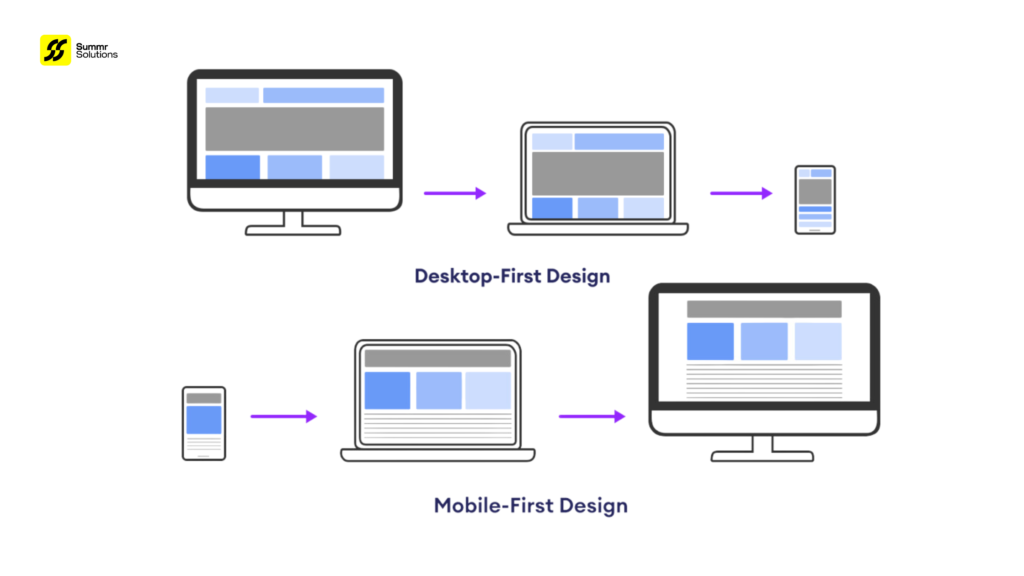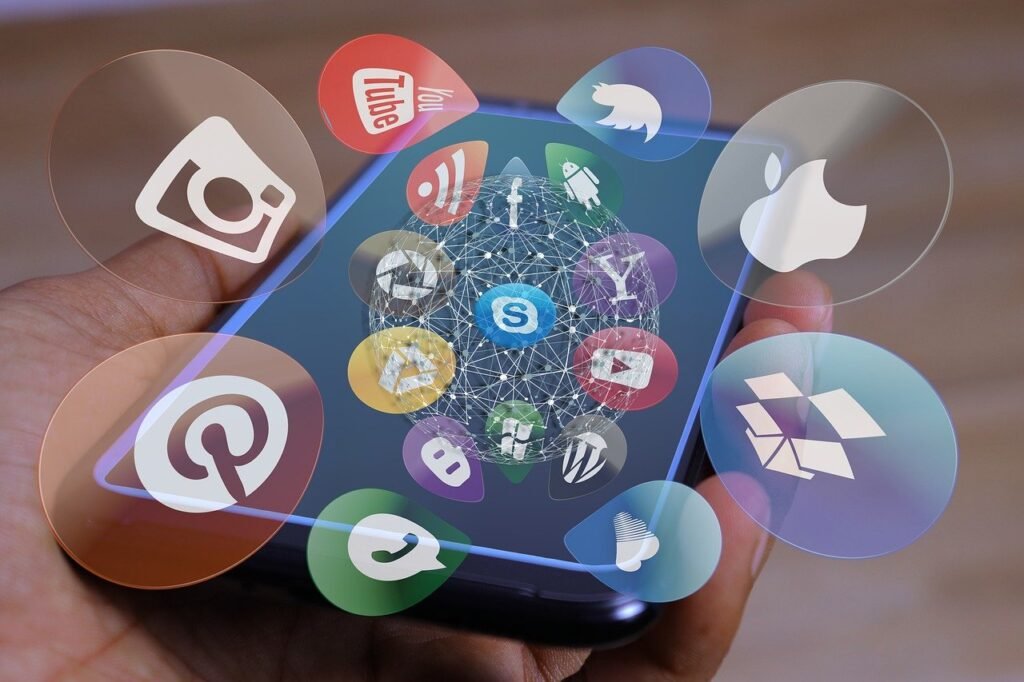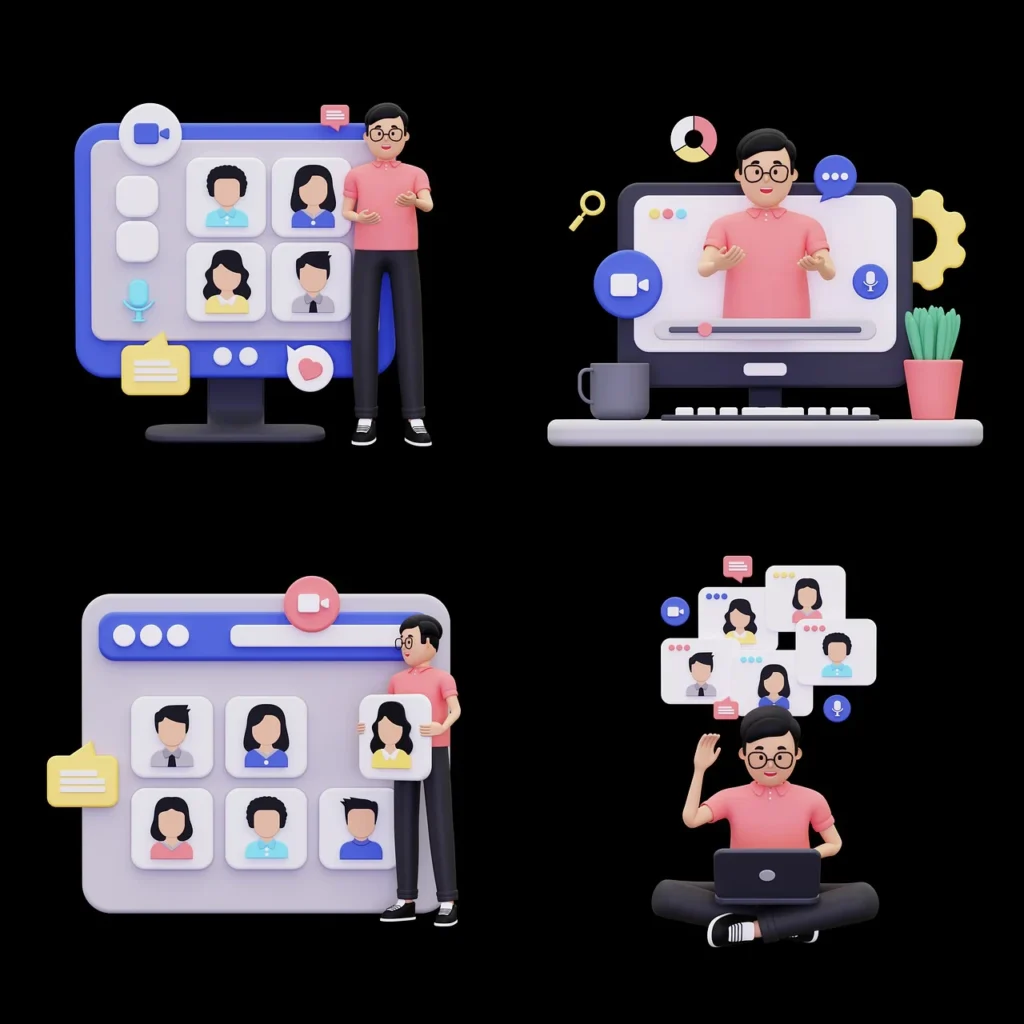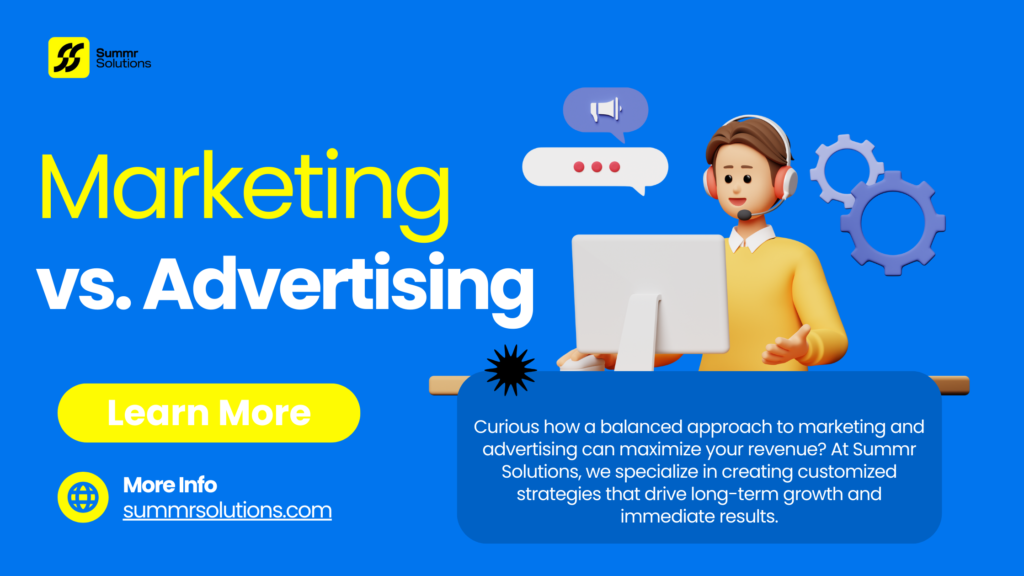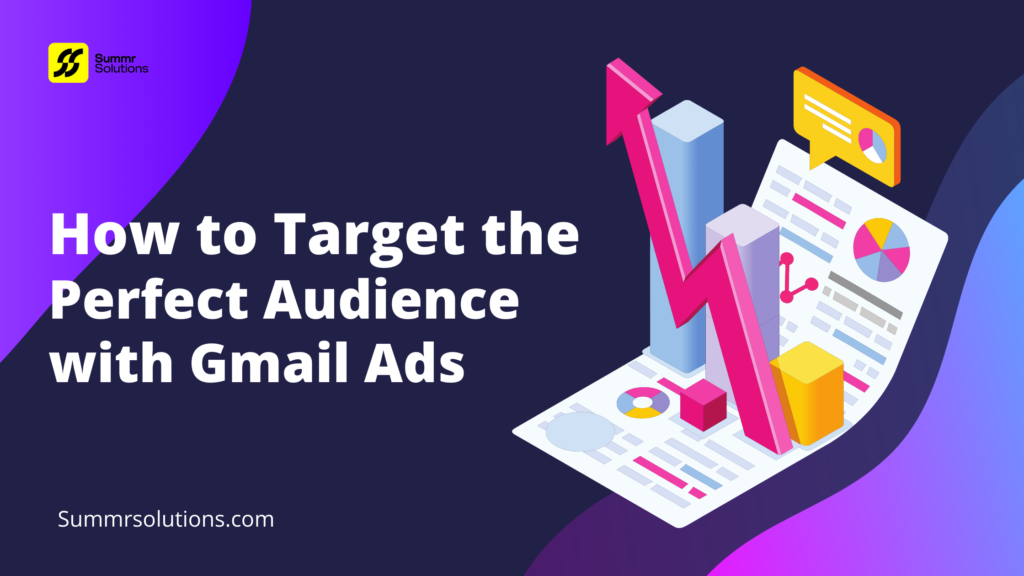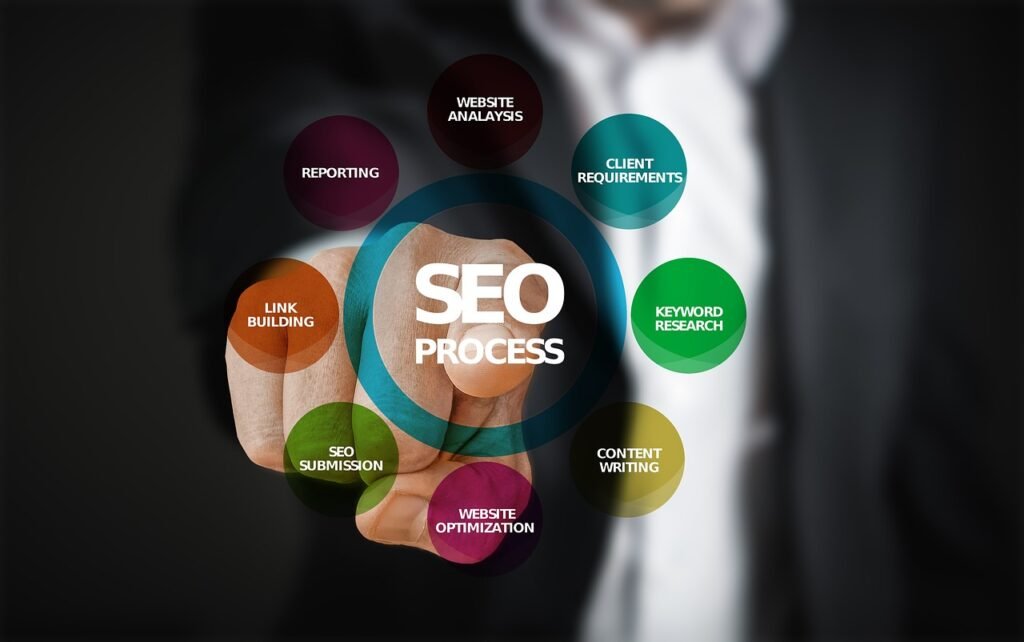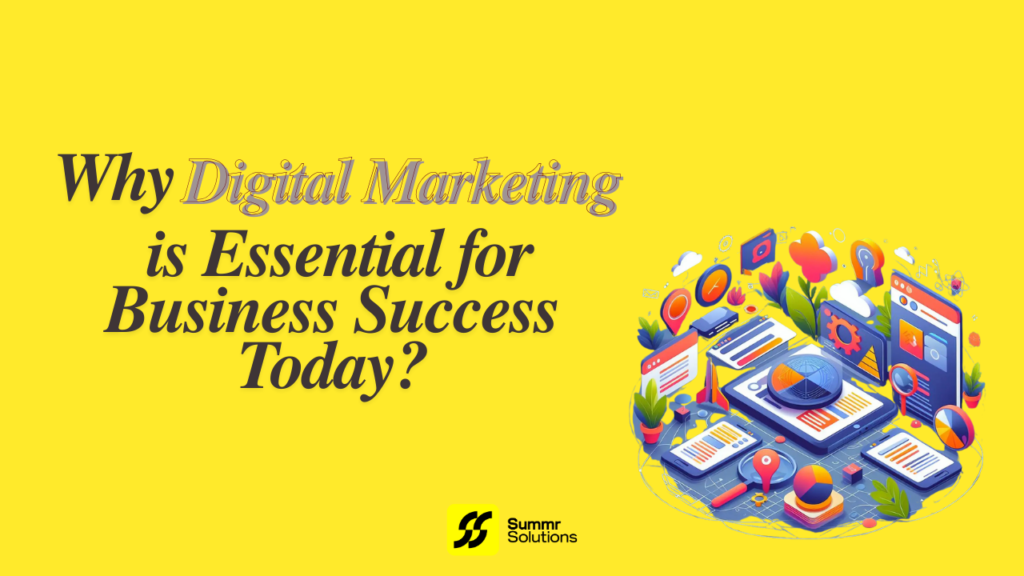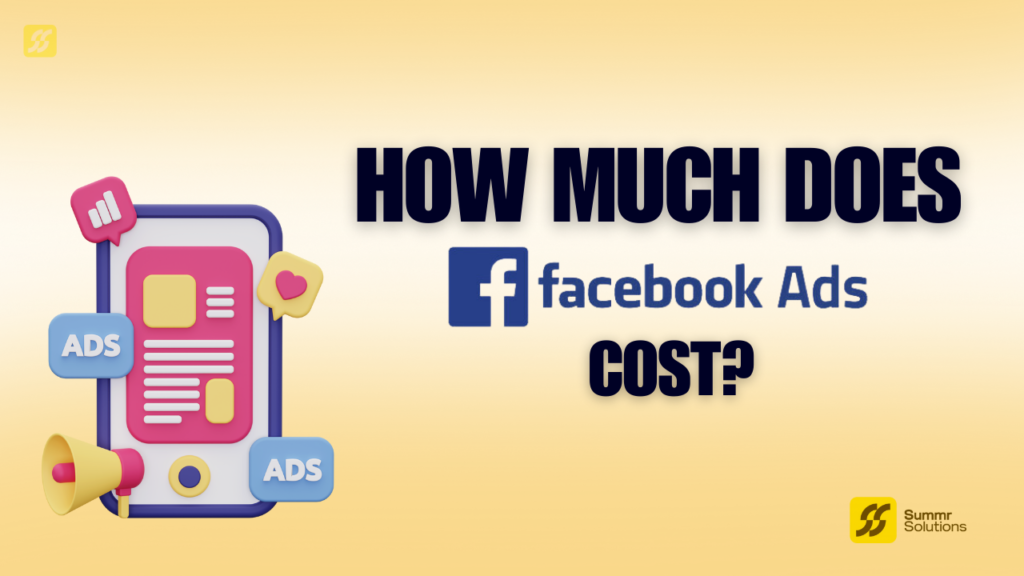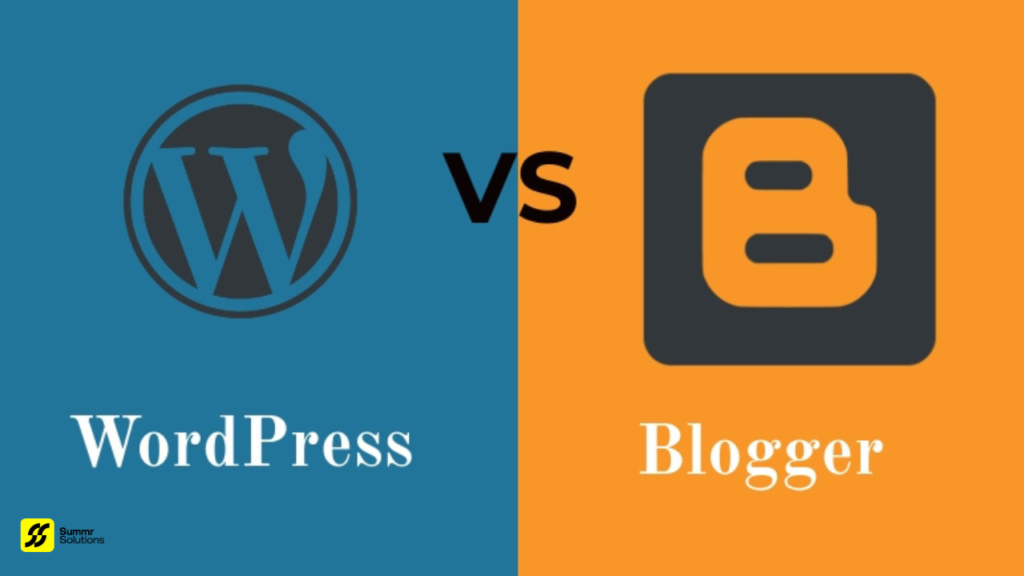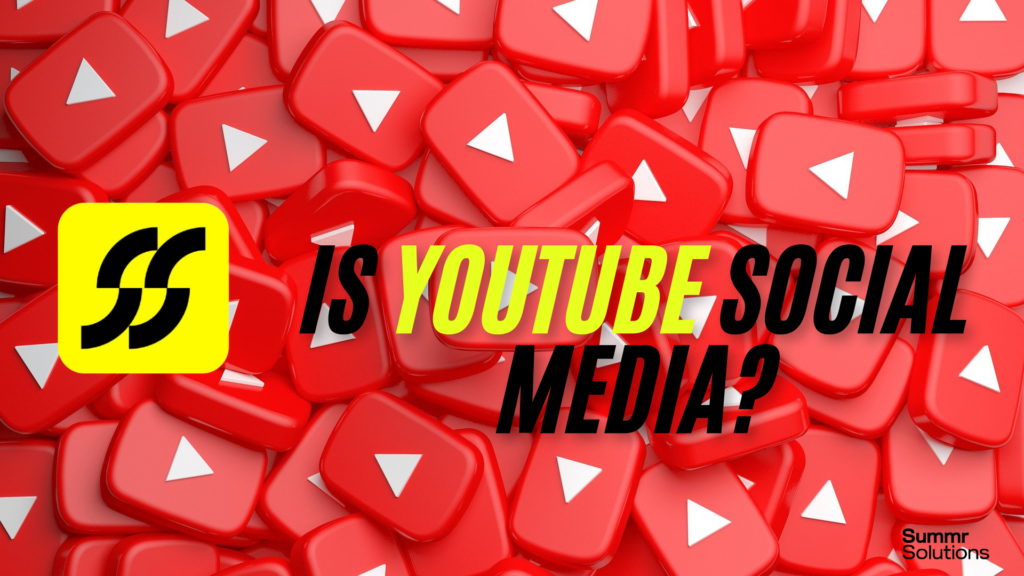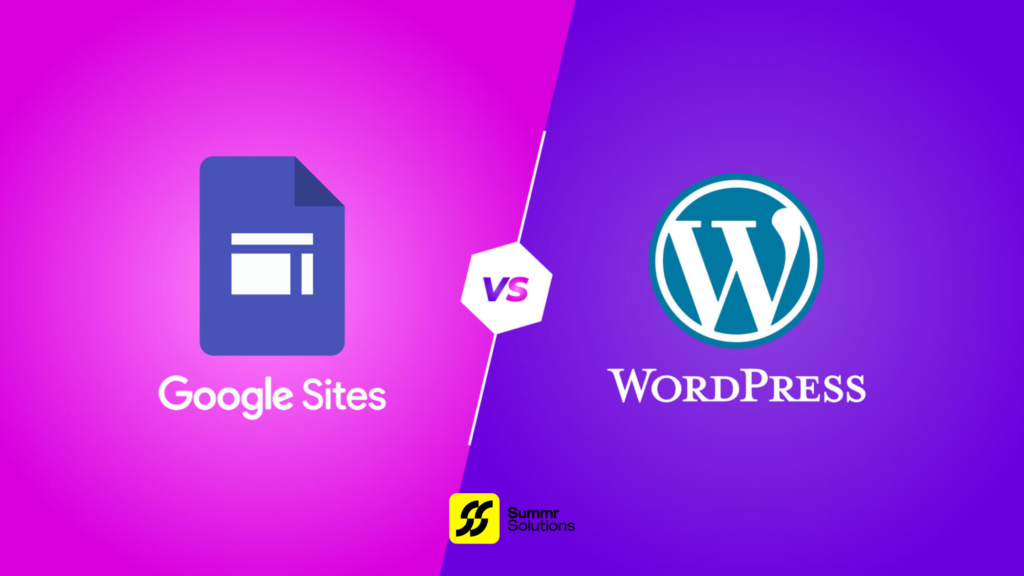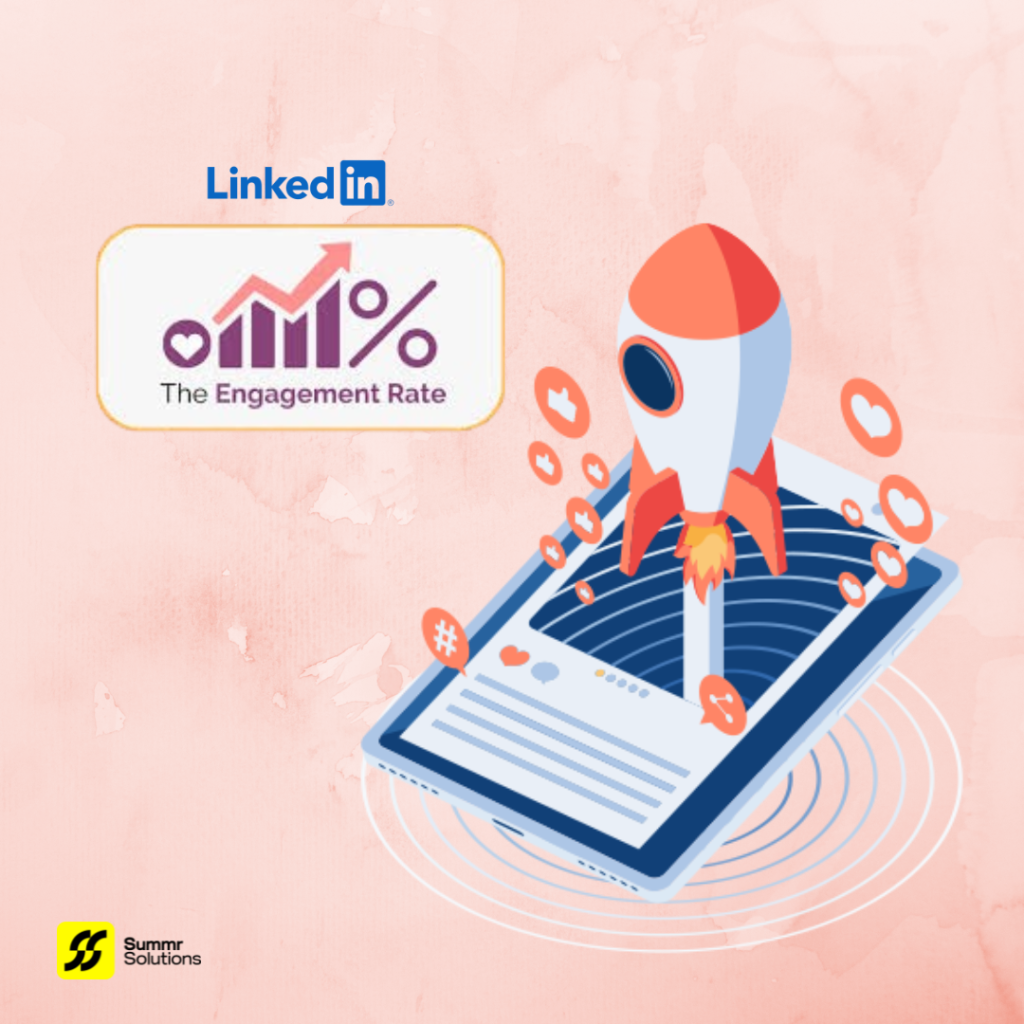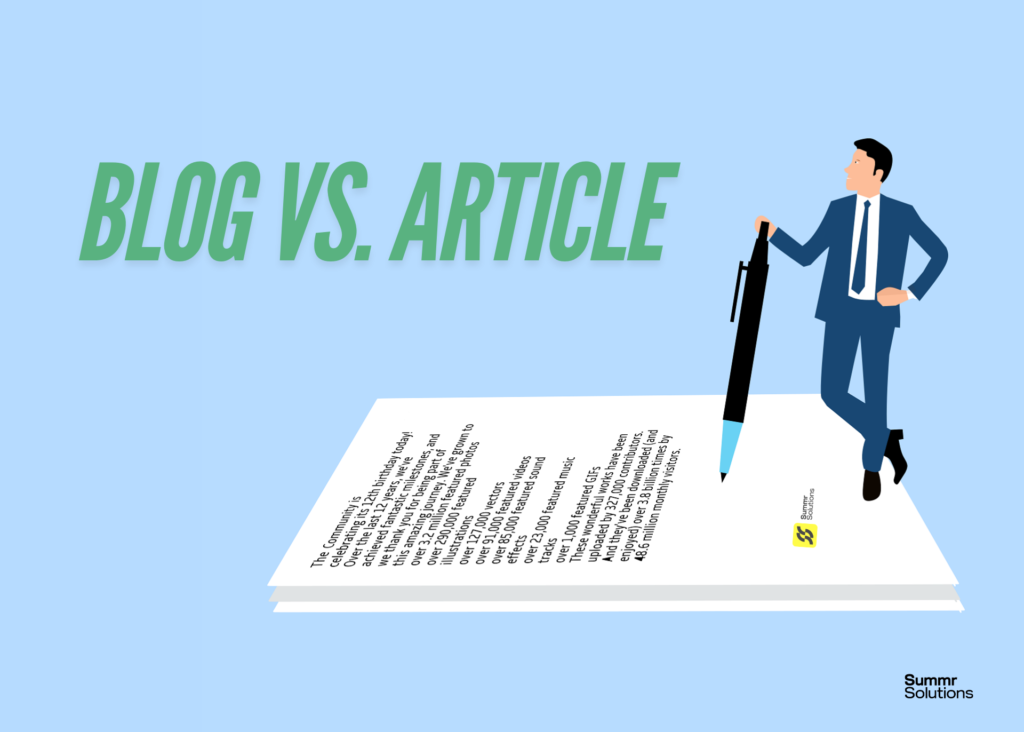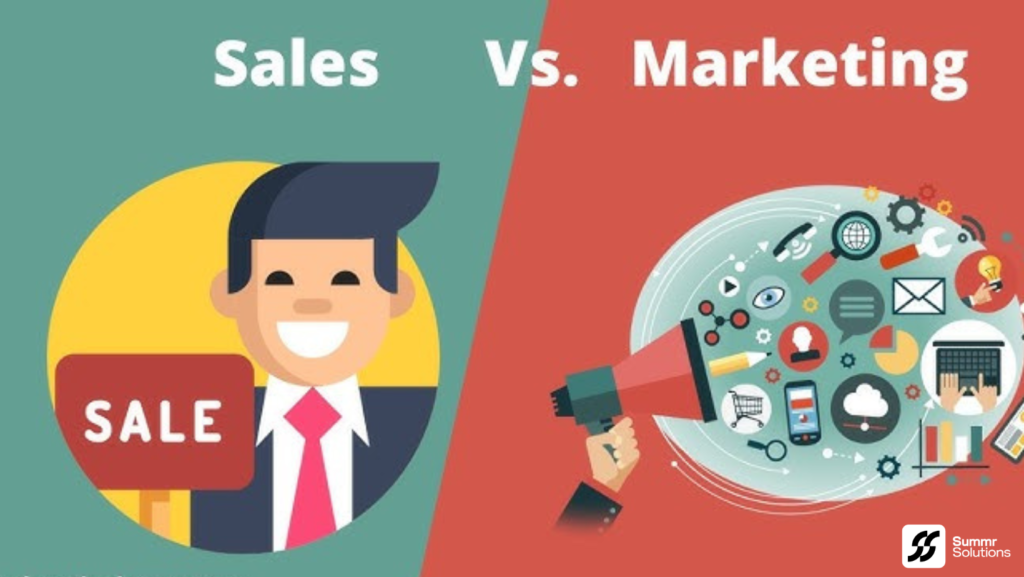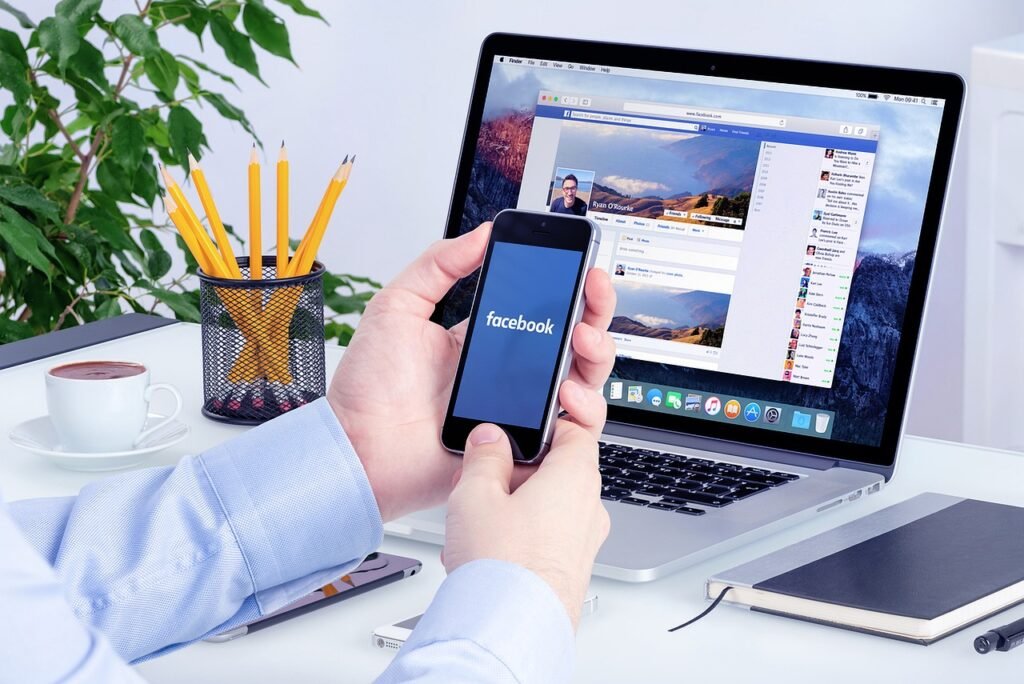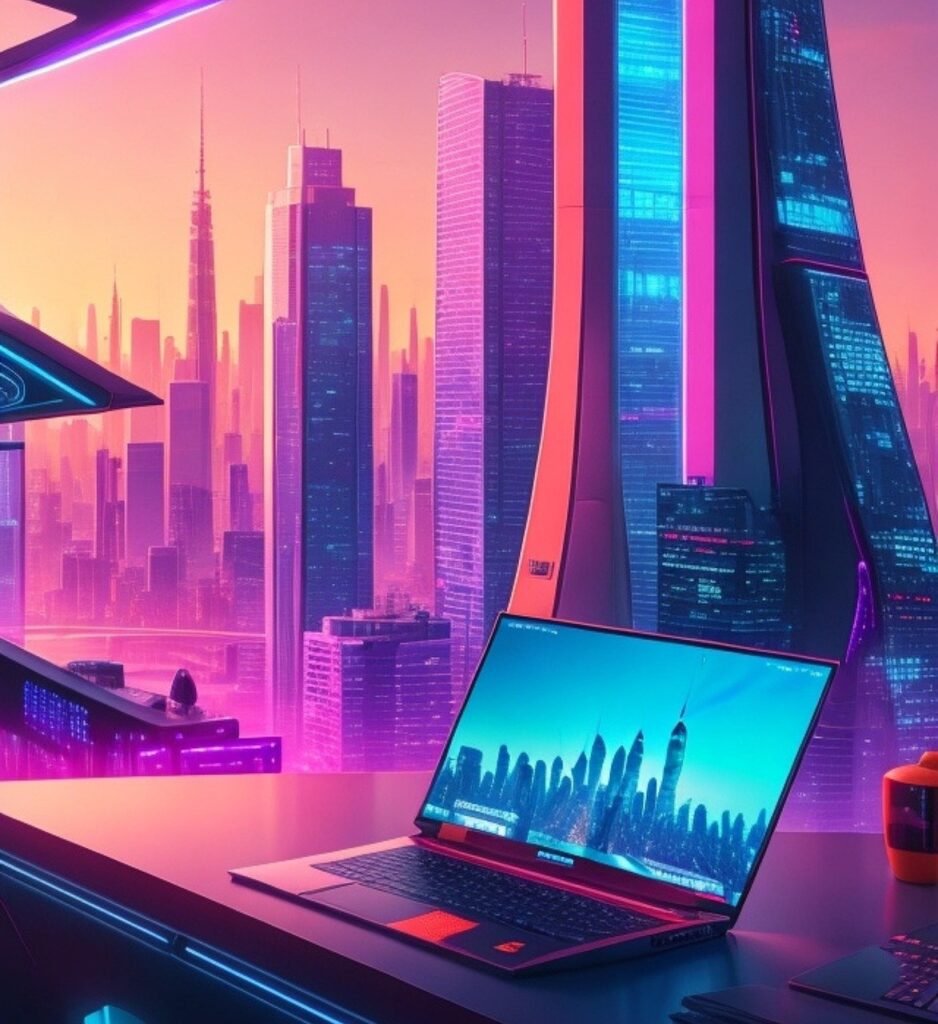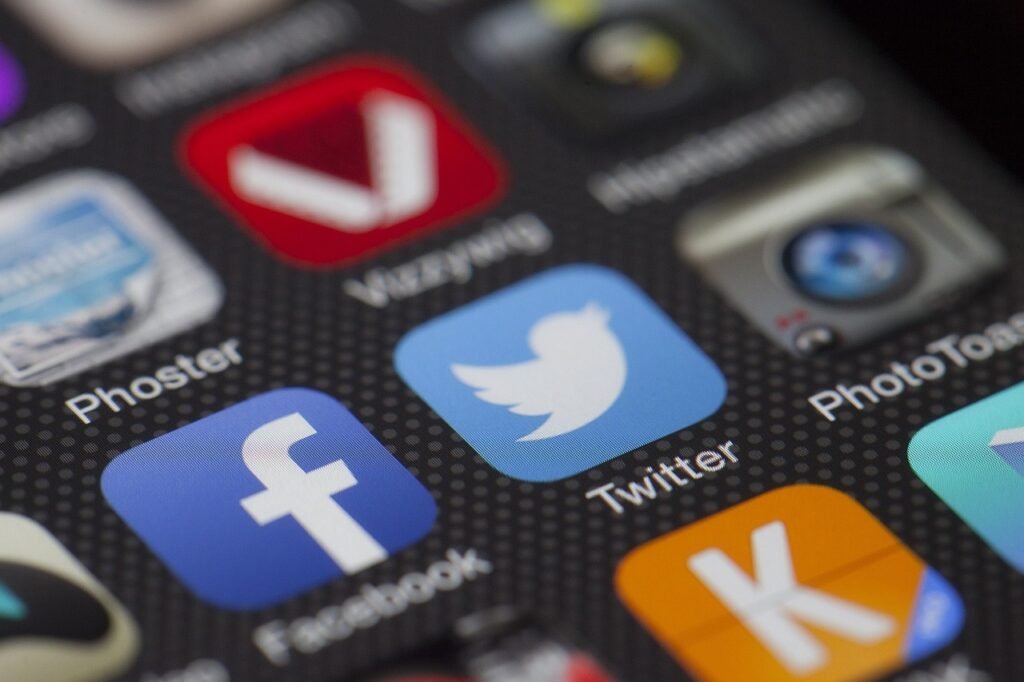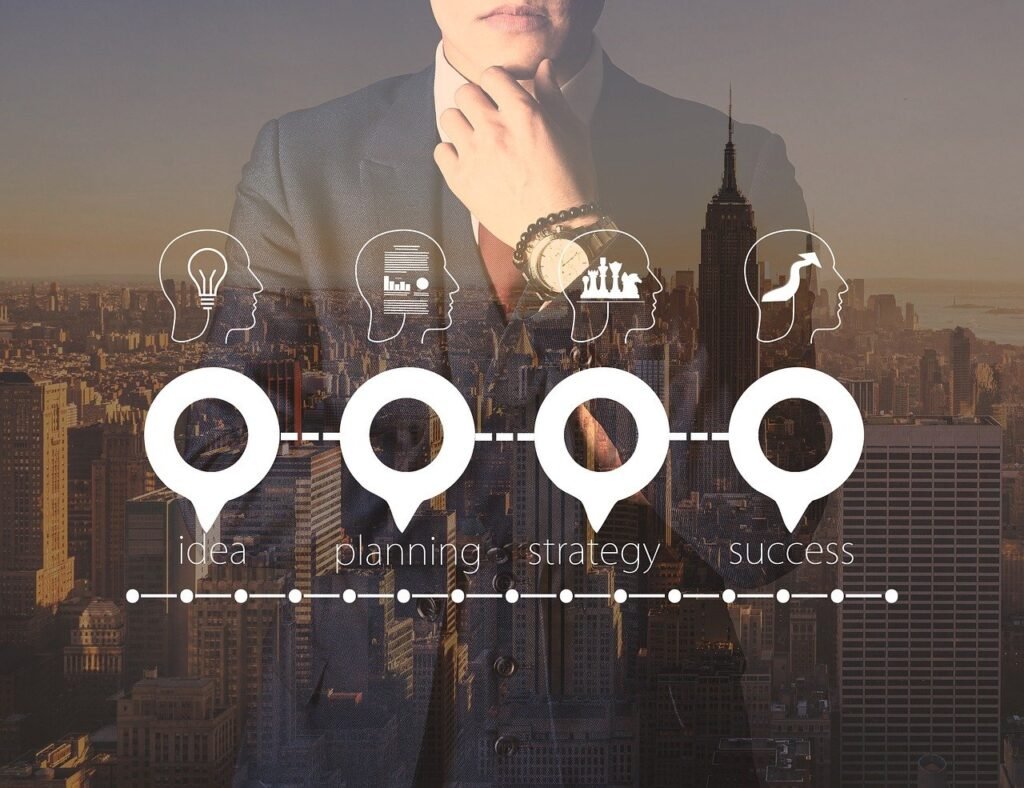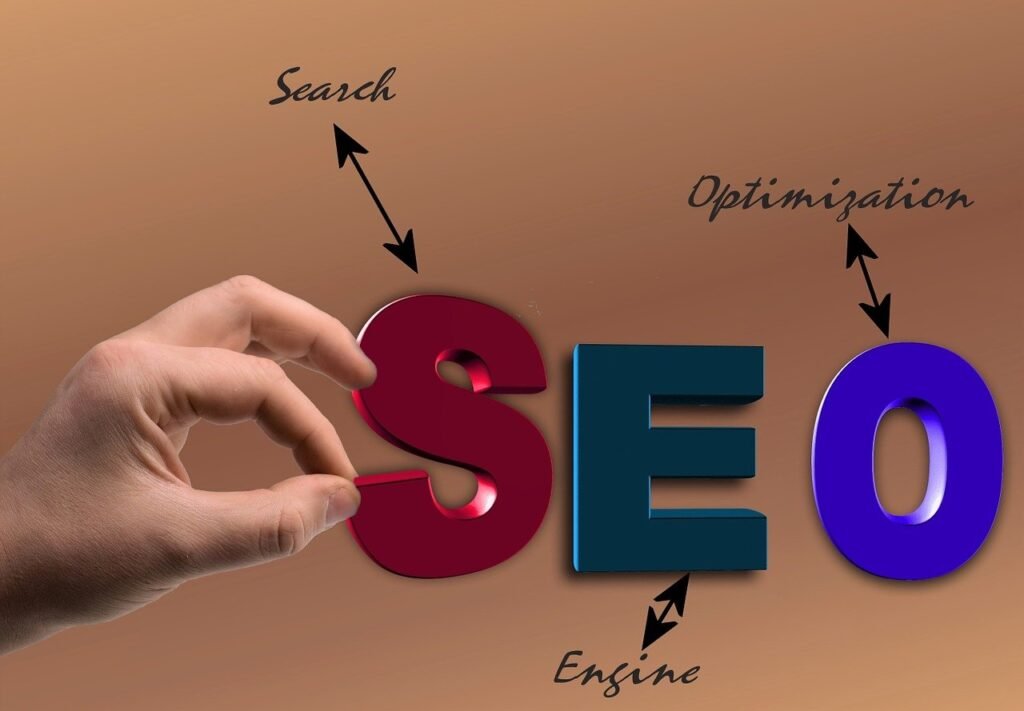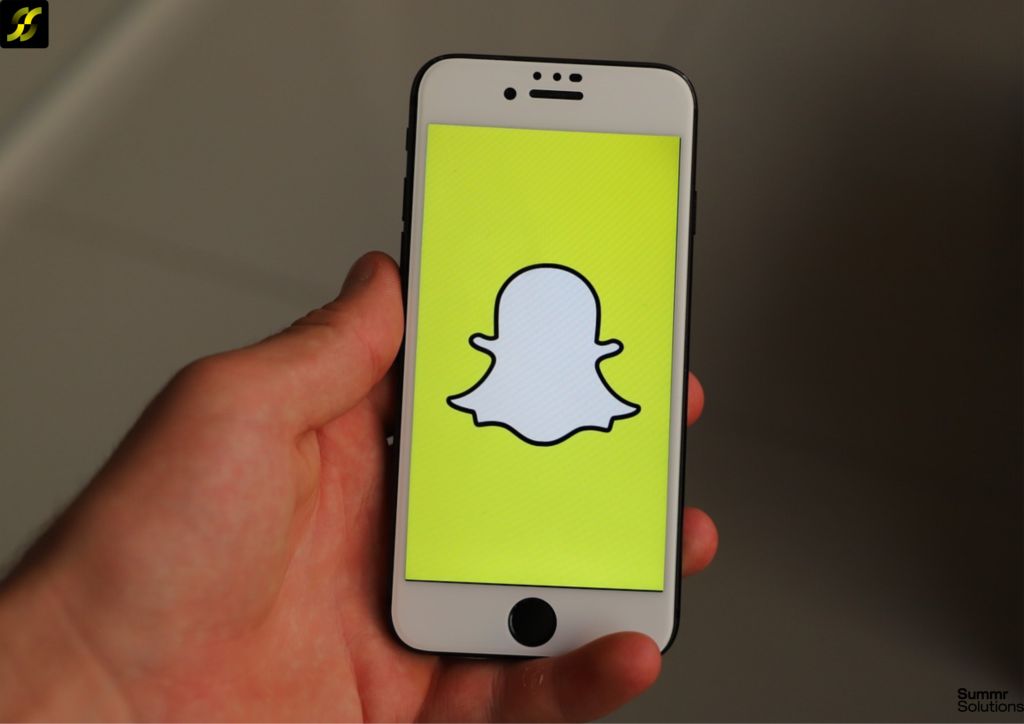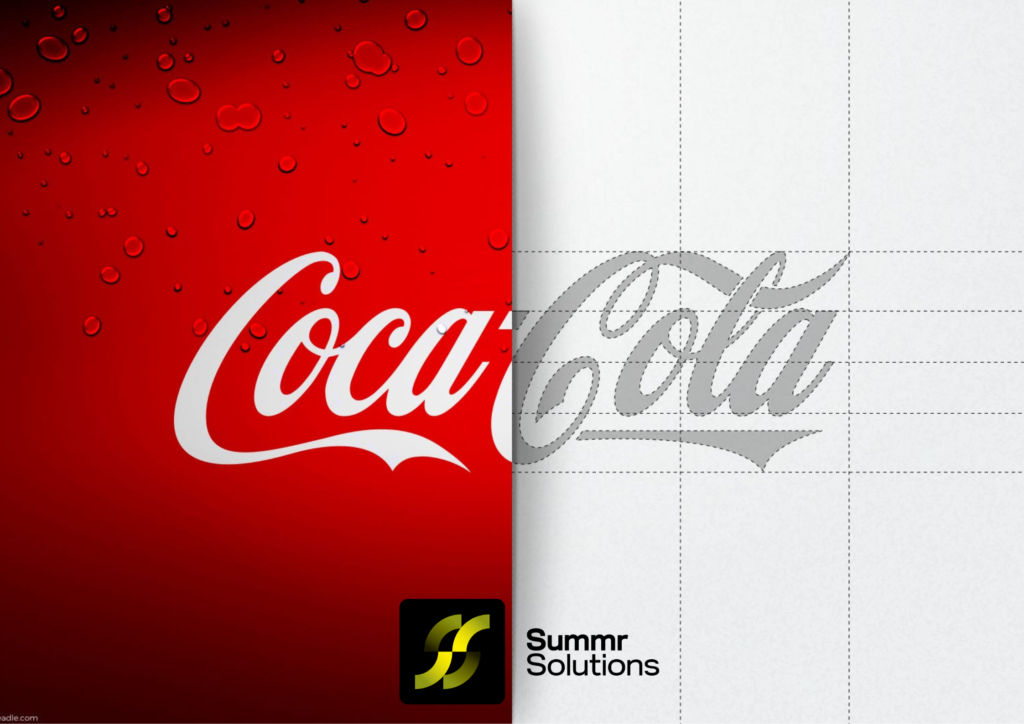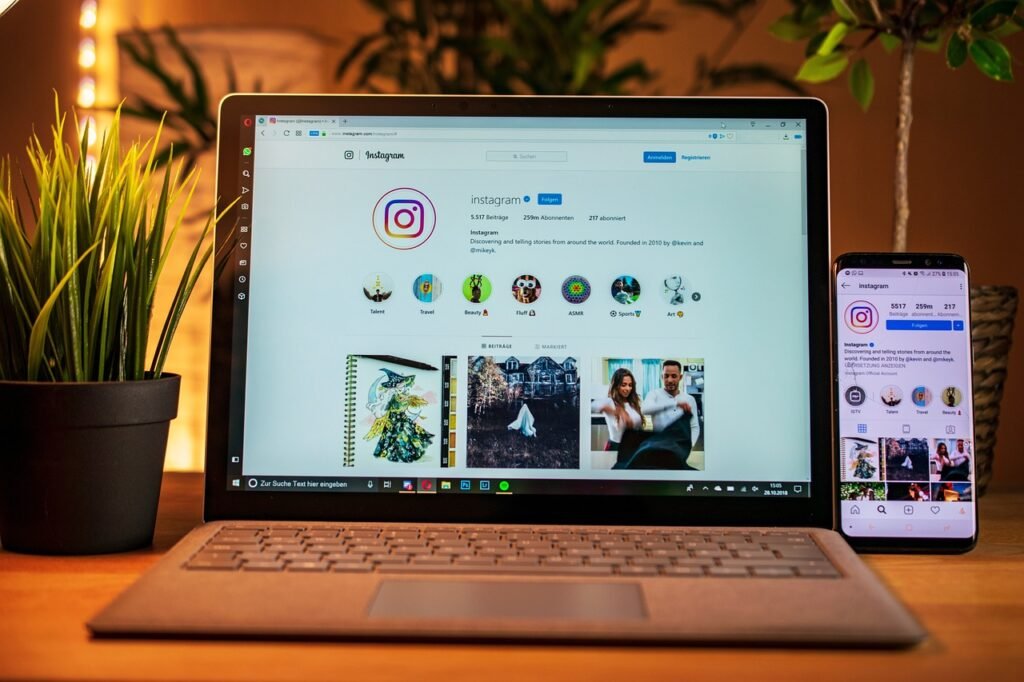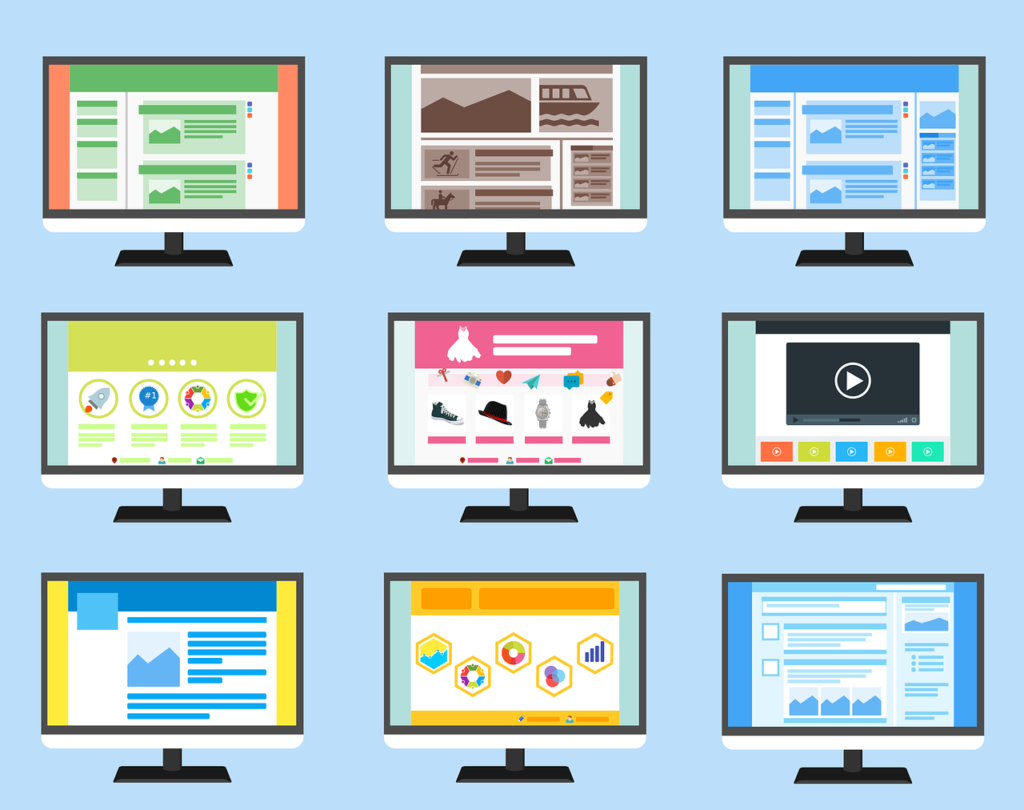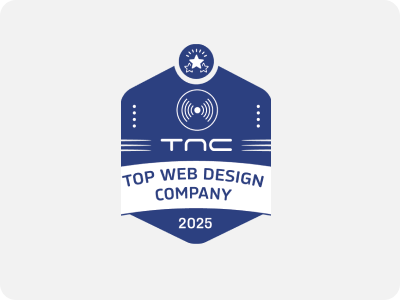Augmented Reality (AR) is no longer a futuristic concept—it has firmly established itself as a tool that businesses can use to create engaging and immersive experiences. With advancements in AR technology and increasing consumer adoption, 2025 is set to be a year where AR marketing strategies take center stage. Whether it’s enhancing e-commerce, storytelling, or brand recall, AR is revolutionizing how brands interact with their audiences.
In this article, we’ll explore the transformative potential of AR in marketing, its applications across industries, and actionable strategies for leveraging AR to gain a competitive edge.
What is Augmented Reality in Marketing?
Augmented Reality integrates digital elements into the real-world environment through devices like smartphones, tablets, or AR glasses. In marketing, AR allows customers to experience products and services in a dynamic, interactive way, blurring the lines between the physical and digital worlds.
Example: IKEA’s Place app enables users to visualize how furniture will look and fit in their homes before purchasing, offering a practical and enjoyable shopping experience.
This level of interactivity doesn’t just inform—it builds trust and excitement around a brand, leading to higher engagement and conversions.
Why AR Marketing Will Dominate in 2025
Several factors are driving the growth of AR in marketing:
- Increased Accessibility of AR Technology
AR tools and platforms are becoming more affordable and accessible. Social media platforms like Instagram, Snapchat, and TikTok now offer AR features that brands can use to engage with their audience without developing custom apps. - Consumer Demand for Interactive Experiences
Consumers increasingly prefer brands that offer immersive experiences over traditional, static advertisements. AR allows them to interact with products in ways that feel intuitive and fun. - Better ROI Through Personalization
AR enables brands to deliver tailored experiences that resonate with individual customers. This personalized approach improves brand recall and drives higher ROI on marketing campaigns.
Stat Insight: By 2025, global AR ad spending is expected to surpass $6 billion, driven by advancements in technology and consumer adoption.
Applications of AR Across Industries
1. Fashion and Beauty
AR is transforming how customers shop for clothes, makeup, and accessories. Virtual try-on solutions allow users to see how products look on them in real-time, eliminating the guesswork.
Example: Sephora’s Virtual Artist app enables customers to try on different makeup looks virtually, streamlining the decision-making process.
2. Real Estate
Virtual property tours powered by AR allow potential buyers to explore homes remotely. They can walk through properties, visualize changes, and get a real sense of space—all without being physically present.
3. Automotive
Car brands are using AR to showcase features, configurations, and customizations interactively. Customers can view 3D models of cars, explore interiors, and even simulate driving experiences.
Example: Porsche uses AR to let potential buyers see how a specific car model fits into their driveway.
4. Retail and E-Commerce
Retailers are leveraging AR to create immersive shopping experiences. Customers can view how products look in their homes, try on virtual clothing, or even attend live, gamified shopping events.
Example: Amazon’s AR View allows users to place furniture or décor in their space virtually, making online shopping feel more tangible.
How to Incorporate AR Into Your Marketing Strategy
Integrating AR into your marketing strategy doesn’t require a massive budget or technical expertise. Here are some practical ways to get started:
1. Leverage Social Media AR Features
Platforms like Instagram, Snapchat, and TikTok offer built-in AR tools that businesses can use to create engaging content. AR filters, effects, and lenses allow users to interact with your brand in creative ways.
Example: Coca-Cola used Snapchat’s AR lens to let users virtually experience a snowy, holiday-themed world, boosting brand engagement.
2. Develop Branded AR Apps
For brands looking to provide a more customized experience, developing an AR app can be a powerful tool. These apps can offer virtual product trials, immersive storytelling, or gamified experiences that keep customers engaged.
3. Use AR in Advertising
AR ads are an innovative way to captivate audiences. These ads allow users to interact with products directly within the ad itself, offering a more engaging experience than traditional display ads.
Example: Pepsi’s AR bus stop campaign in London turned a simple advertisement into an unforgettable interactive experience.
4. Create AR-Enhanced In-Store Experiences
Retailers can integrate AR into physical stores to create unique shopping experiences. For instance, customers can scan QR codes to unlock AR content, such as tutorials, product specs, or special offers.
Challenges and Considerations for AR Marketing
While AR presents immense opportunities, businesses should also consider potential challenges:
- Initial Costs: Developing custom AR experiences can be expensive, though costs are decreasing as technology becomes more accessible.
- Learning Curve: Not all audiences are familiar with AR, so ensuring user-friendly experiences is essential.
- Platform Compatibility: AR campaigns must be optimized for different devices and platforms to reach the widest audience possible.
The Future of AR in Marketing
As AR hardware like Apple Vision Pro and Meta Quest advances, brands will have even more opportunities to create immersive, blended experiences. In the near future, AR glasses may replace smartphones for interactive marketing, making AR a staple in everyday life.
By 2025, AR will not just be an optional marketing strategy—it will be a necessity for brands looking to stand out in a saturated digital landscape.
Closing Thoughts
Augmented Reality is revolutionizing how brands connect with audiences, turning passive viewers into active participants. Whether you’re in fashion, real estate, retail, or beyond, AR offers unparalleled opportunities to create memorable, engaging experiences.
CTA: Want to explore how AR can elevate your brand? Contact Summr Solutions today to create immersive marketing campaigns that captivate and convert.

